Selecting the perfect peach can be an art form, one that requires a keen eye, a gentle touch, and a bit of knowledge about what makes a peach truly delightful. Whether you’re shopping at a local farmer’s market, a grocery store, or picking your own from an orchard, understanding the key factors that contribute to a peach’s quality will ensure that you bring home the sweetest, juiciest, and most flavorful fruits. In this guide, we’ll delve into the nuances of peach selection, from understanding peach varieties to examining their appearance, firmness, and aroma. By the end, you’ll be an expert at choosing peaches that not only meet your taste preferences but also offer the best nutritional value and eating experience.
Understanding Peach Varieties
Before we dive into the specifics of selection, it’s crucial to understand that peaches come in various varieties, each with its unique characteristics. Some of the most popular types include:
-
Freestone Peaches: As their name implies, freestone peaches have pits that easily separate from the flesh, making them ideal for slicing, canning, and baking. Varieties like the Elberta and the Redhaven are well-known freestones.
-
Clingstone Peaches: Unlike freestones, clingstone peaches have pits that adhere closely to the flesh, making them better suited for eating fresh or cooking whole. The White Lady and the Donut peach are examples of clingstone varieties.
-
Flat Peaches: These are often smaller and more oval-shaped, with a flattened bottom. They can be either freestone or clingstone and are valued for their intense sweetness and firm texture. The Saturn peach is a notable flat peach variety.
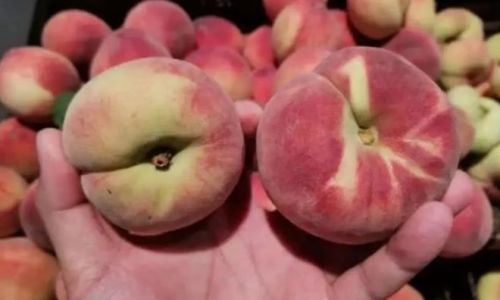
-
Nectarines: Though technically a type of peach with a smooth, glossy skin (unlike the fuzzy skin of traditional peaches), nectarines share similar qualities in terms of flesh type and flavor. Varieties like the Fantasia nectarine are highly regarded.
-
Yellow vs. White Flesh Peaches: Peaches generally have either yellow or white flesh. Yellow-fleshed peaches tend to be sweeter and more aromatic, while white-fleshed varieties can be tangier and crisper. Your preference will guide your selection here.
Evaluating the Appearance
The first step in selecting a peach is to visually inspect it. Here are some key points to consider:
-
Color: While color can vary depending on the variety, ripe peaches generally have a warm, even hue. For yellow-fleshed peaches, look for a rich golden or orange-yellow color with perhaps a touch of red blush. White-fleshed peaches might have a creamy white or pale yellow skin with subtle red tones. Avoid peaches with large green patches, as they indicate under-ripeness.
-
Skin Texture: Traditional peaches should have a soft, fuzzy skin. This fuzz is a natural part of the peach and helps protect the fruit. If the fuzz is missing or feels worn off, it could mean the peach has been handled roughly or is overripe. Nectarines, on the other hand, should have a smooth, glossy skin without fuzz.
-
Shape and Size: While size and shape can vary widely among peach varieties, look for peaches that are relatively symmetrical and free of odd bumps or bruises. A well-shaped peach often indicates better growth and development.
Assessing Firmness
Touch is the next sense to engage when selecting peaches. Here’s how to do it right:
-
Gentle Press: Gently press the peach with your thumb. A ripe peach should yield slightly to pressure but still feel firm. If it feels too soft, it might be overripe or bruised. Conversely, if it’s rock-hard, it’s likely not ripe enough.
-
Avoid Bruises: Check for any signs of bruising, which can appear as dark spots or soft, mushy areas. Even minor bruises can affect the peach’s taste and texture, so it’s best to avoid them.
Smelling the Aroma
Your nose can be a valuable tool when selecting peaches. A ripe peach should emit a sweet, fruity aroma. If you can’t detect any scent, it might not be ripe enough. Conversely, an overly strong or alcohol-like odor can indicate over-ripeness or spoilage.
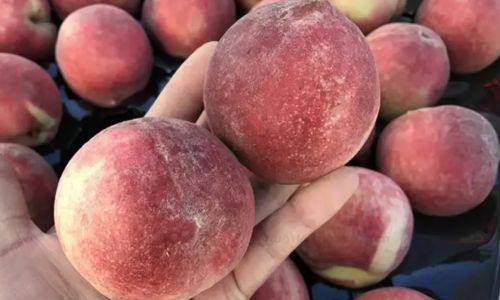
Considering the Season and Source
The time of year and where your peaches come from can also play a role in their quality:
-
Seasonality: Peaches are a summer fruit, with peak season typically falling between June and August in the Northern Hemisphere. Peaches from other seasons are often imported or stored, which can affect their freshness and flavor.
-
Local vs. Imported: Whenever possible, opt for locally grown peaches. They are likely to be fresher, having traveled shorter distances to reach you. Moreover, local farmers often take pride in their produce and may offer varieties that are not widely available in stores.
-
Organic vs. Conventional: Whether you choose organic or conventionally grown peaches is a personal decision. Organic peaches are grown without synthetic pesticides and fertilizers, which some people prefer for health reasons. However, both types can be delicious if picked and handled properly.
Storing and Ripening Peaches
Once you’ve selected your peaches, proper storage and handling are crucial to maintaining their quality:
-
Ripening: If your peaches are slightly underripe, you can let them ripen at room temperature. Place them in a single layer on a counter or in a paper bag (which traps ethylene gas, accelerating ripening). Check them daily to avoid over-ripening.
-
Storage: Once ripe, peaches can be stored in the refrigerator for a few days to slow down further ripening. However, note that refrigerated peaches may lose some of their flavor and texture, so it’s best to eat them within a couple of days of ripening.
-
Avoid Stacking: When storing peaches, avoid stacking them as this can bruise the fruit. Instead, lay them in a single layer or use soft padding between layers if stacking is necessary.
Conclusion
Selecting the perfect peach is a multi-sensory experience that involves a combination of visual inspection, tactile assessment, and olfactory evaluation. By understanding peach varieties, examining their appearance, assessing their firmness, smelling their aroma, and considering the season and source, you can ensure that you bring home peaches that are not only delicious but also nutritious and satisfying. Remember, the key to a great peach is balance—not too soft, not too hard, just right. Happy peach picking!
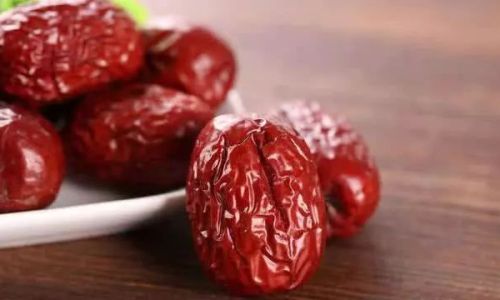
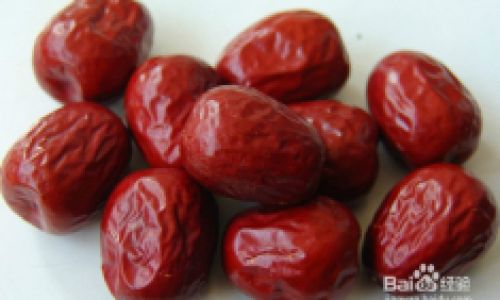
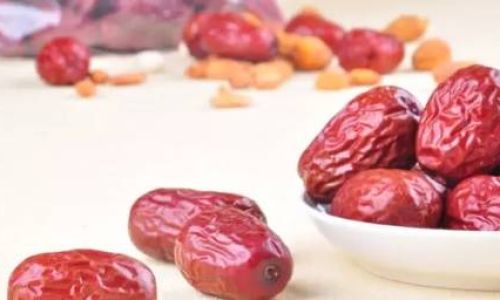
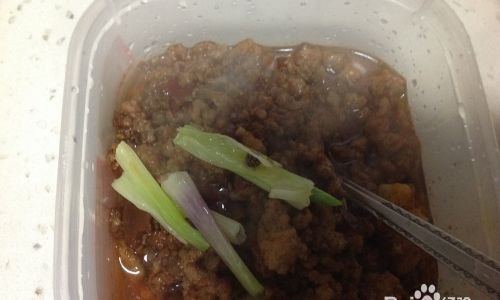

0 comments